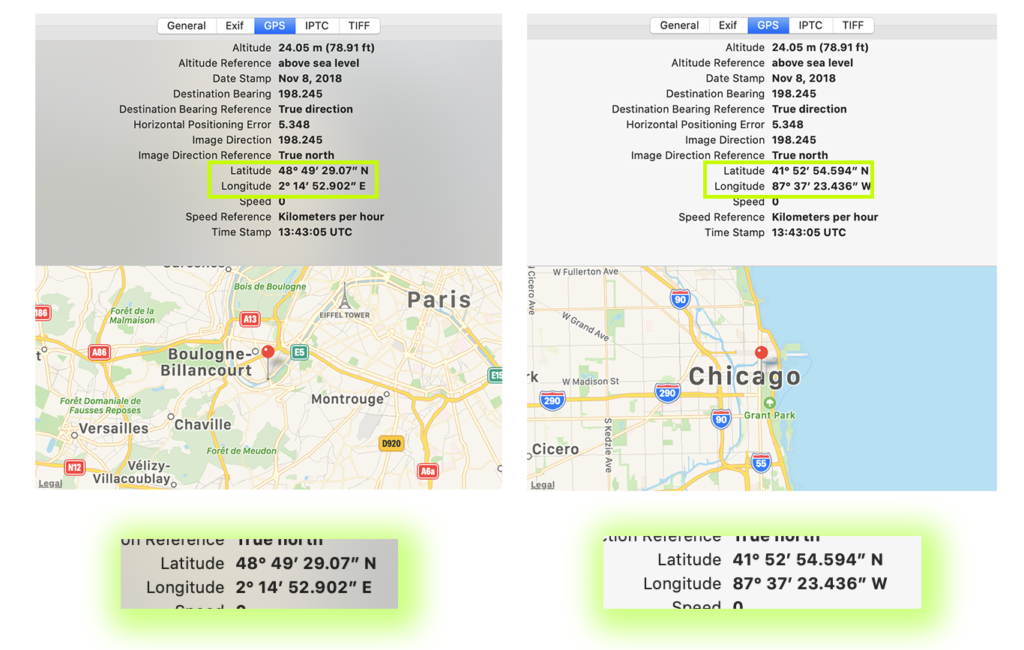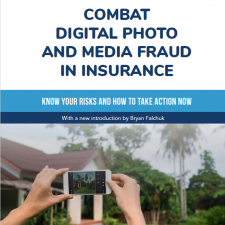As you know, we’ve created a set of recommended guidelines for gathering, handling and inspecting digital media used to make business decisions. This week we’ll discuss the fifth guideline, Contextual anomalies.
What are contextual anomalies?
Similar to digital media processing, contextual anomalies are not a sure sign of fraud but are useful in identifying cases where straight-through processing is not appropriate and further interaction may be necessary.
What causes Contextual anomalies?
A couple of example of contextual anomalies include:
- Substantial time/date differences between items in a claim
Since most claims are constrained to specific points in time, a long time window between photos in a claim may indicate unusual circumstances - Substantial location differences between items in a claim
While it is not entirely unusual for vehicle photos to be taken in different locations, it would be quite unusual for home claim images to have significant variance in location - Use of different cameras
While it’s possible to have multiple cameras capture images for a single claim, a set of photos originating from multiple camera devices may indicate unusual activity
Contextual anomalies should be identified by examining and comparing the metadata of digital media across each transaction record and analyzing anomalies. While the anomalies themselves may not point to fraud, it might signal a need to look deeper into the circumstances of the claim or transaction.

How Attestiv Helps Prevent Contextual Anomalies
Attestiv’s record-level reporting examines each data record containing related digital media items (e.g. all images in a single claim) to determine potential anomalies within the record.
Contextual anomalies are suspicious and call for investigation of additional circumstances of a record or claim, but they are not necessarily an independent indicator of fraud. While it’s entirely plausible that locations may vary for submitted auto claim photos, depending on the location of the vehicle, it is less plausible for location to vary across home claim photos.
Attestiv presents these anomalies so insurers are able to investigate the underlying circumstances in more detail.
While none of these are simple solutions, eliminating undesirable processing is a critical aspect of ensuring business quality digital media.
| Category | Risk | Remediation | Attestiv Platform Solution |
|---|---|---|---|
| Contextual anomalies | Anomalies within a record may be a sign of fraud | Analysis of media within a record for anomalies | Analysis of media within a record for anomalies in time, location or camera source |
Attestiv offers a suite of solutions to implement, enforce and audit best practices for digital media intake. Attestiv can be customized and implemented discretely via APIs to build a set of best practices around digital media intake that are sustainable, consistent and tamper-resistant, as part of an incremental business improvement process.






